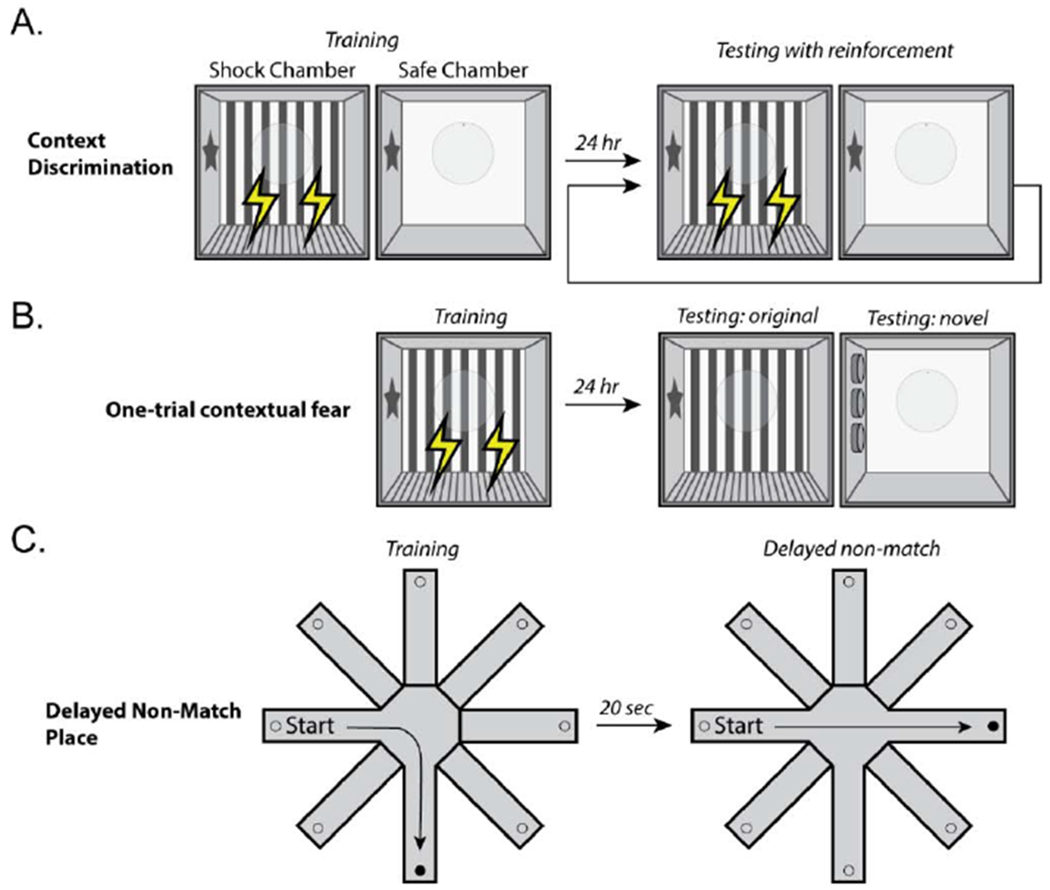Figure 2. Examples of cognitive tasks used to assess the role of adult hippocampal neurogenesis.

A) Context fear discrimination task (Frankland et al., 1998; Huckleberry et al., 2016). In this task, a test animal is repeatedly exposed to two chambers that share some features, but are different in others. In the “shock” chamber, the animal receives a mild foot shock in the absence of any salient cues (e.g. tone or light), while no shock is delivered in the “safe” chamber. The ability to differentiate between the “shock” and “safe” chambers is assessed by monitoring the freezing response over the course of training. B) One-trial context fear (Drew et al., 2010). In this task, animals are trained to fear a training chamber in the absence of a salient cue. After a 1-2 minute exploratory period, a single foot shock is delivered. Fear memory is tested by placing the animal back into the training chamber after a delay and monitoring freezing behavior. The specificity of the fear is assessed by measuring freezing behavior in a novel environment. C) Delayed non-match to place (Clelland et al., 2009). This a variant of the radial arm maze task in which animals are trained over a period of days to find a food pellet placed in a randomly chosen arm. All other arms are blocked during training. During the non-matching phase of the task, animals can choose a newly opened arm that is baited, or the original arm, which is not baited.
